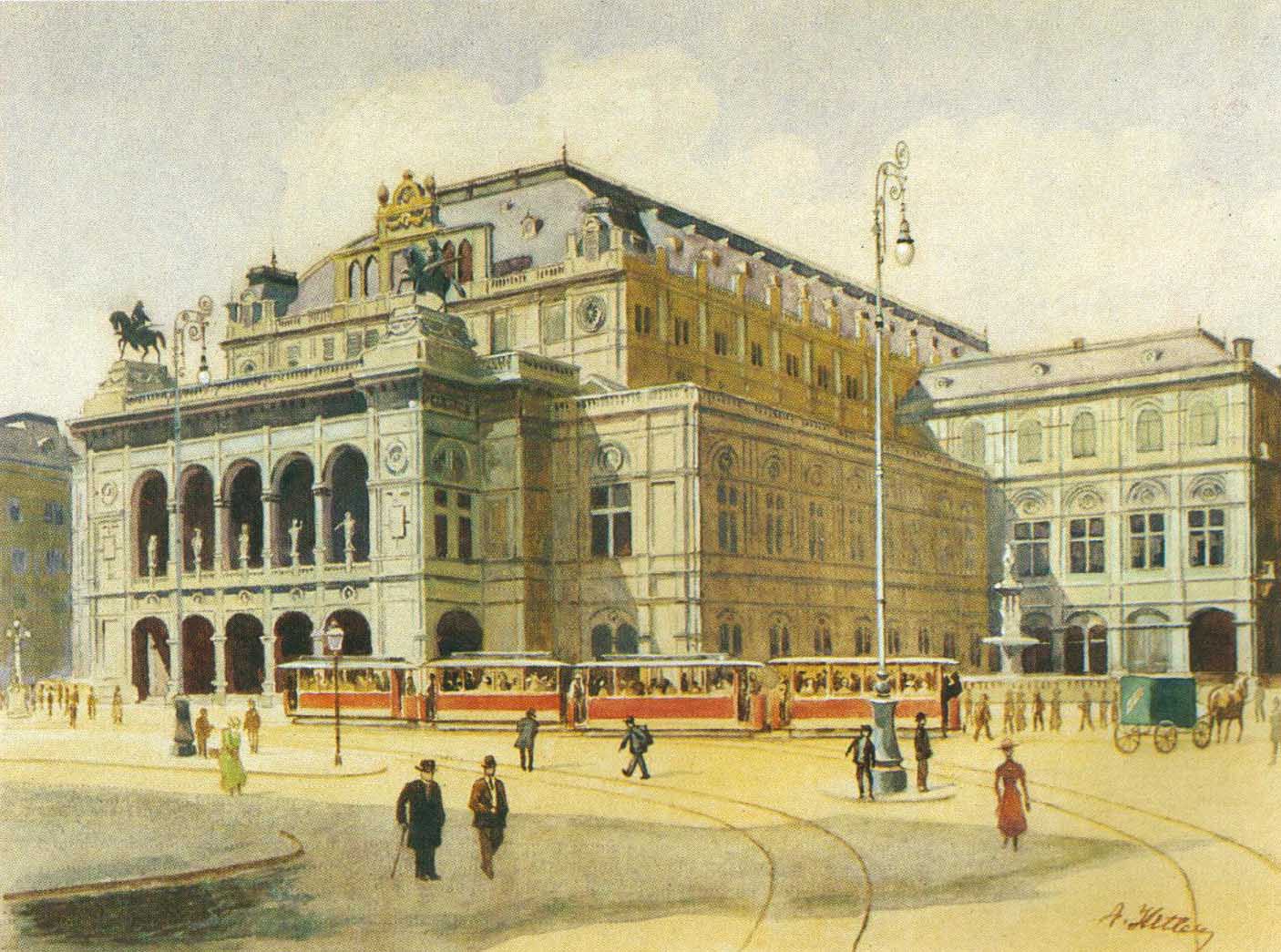- Staff
- #1
Alright, ima be honest, I don't get this shit
I am failing a class on it
What do you guys think of art history?
I am failing a class on it
What do you guys think of art history?
How am I meant to know who painted what based on the abstract, weird thing, called 'style'Bro its literally just naming who painted how and why how tf you failin bro
just say da vinci and youll get A+How am I meant to know who painted what based on the abstract, weird thing, called 'style'

the forbidden artist...this is my favorite piece of art

Ah jeezArt history is a pain and there's a lot to remember, however I have found a few techniques to make it easier. Above all, you must categorise the vast amount of data so as to simplify your task.
Understanding where a particular piece fits within the context of history and the progression of artistic styles helps orient yourself through a maze of information. For instance, I can still remember that the Venus de Milo statue was discovered in 1820 because I linked it to the Battle of Waterloo which took place just five years prior.
There's also the element of pattern recognition, once you know the rule you can spot examples of it very easily. I can illustrate this point in relation to the "Pergamene Baroque" style, which is defined by a serious tone and highly expressive subjects, as opposed to the preceding Hellenistic Classical style. Ergo, if you see a contorted body in struggle such as the Laocoon and His Sons or a sculpture like Dying Gaul, you can ascertain for yourself what kind of style it fits into.
Once you have condensed all the information, you should be left with 10 words / dates on each piece. When you come to the exam, as long as you got the basic data points in your head, simply expand your arguments by being as verbose as possible, there's no shame in doing that as that is exactly what the full-time art historians do.
who set him offAh jeez
Man's gotta pass his testwho set him off
If I was a Art History Major I would, thankfully I am notDrop out